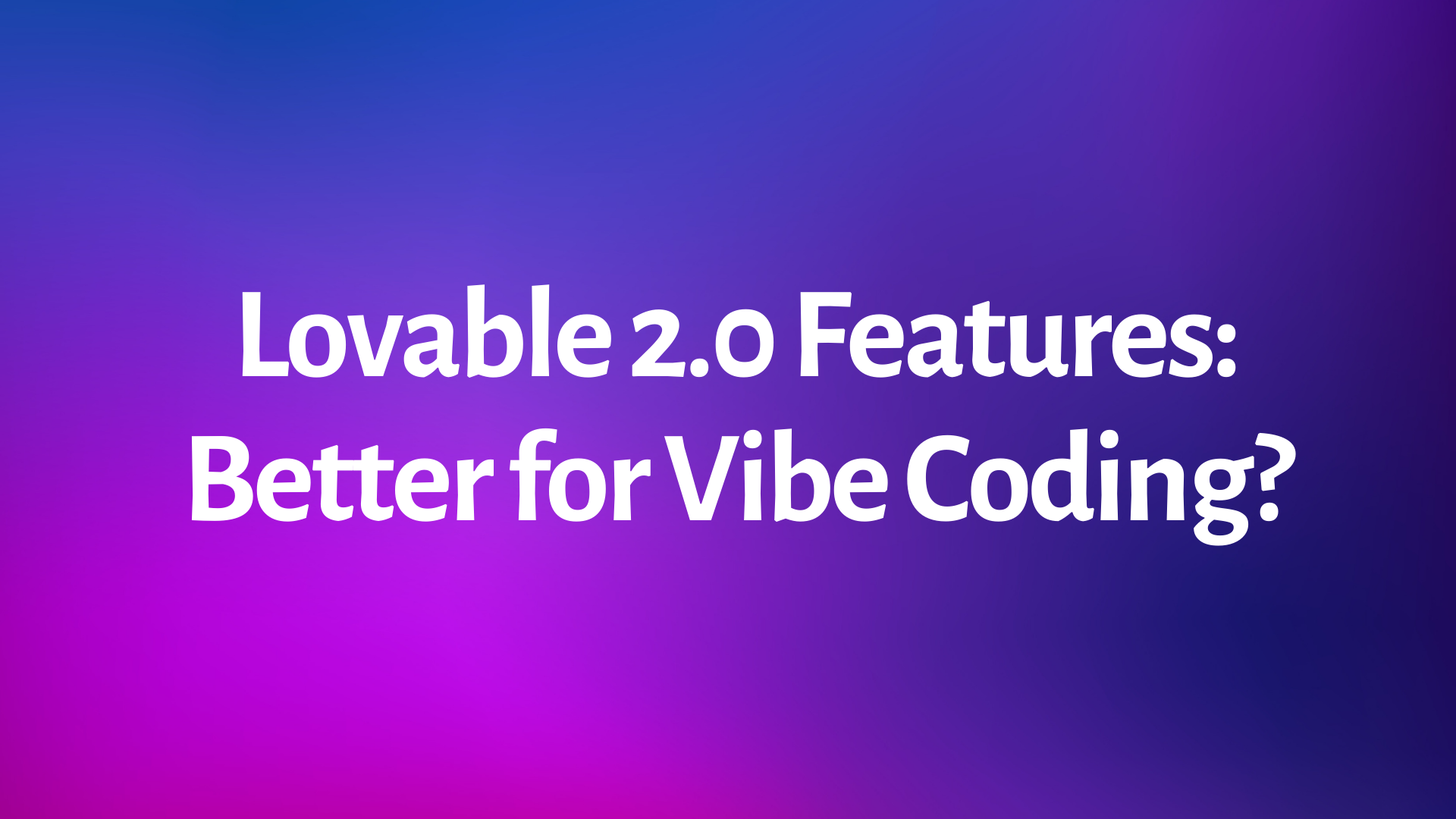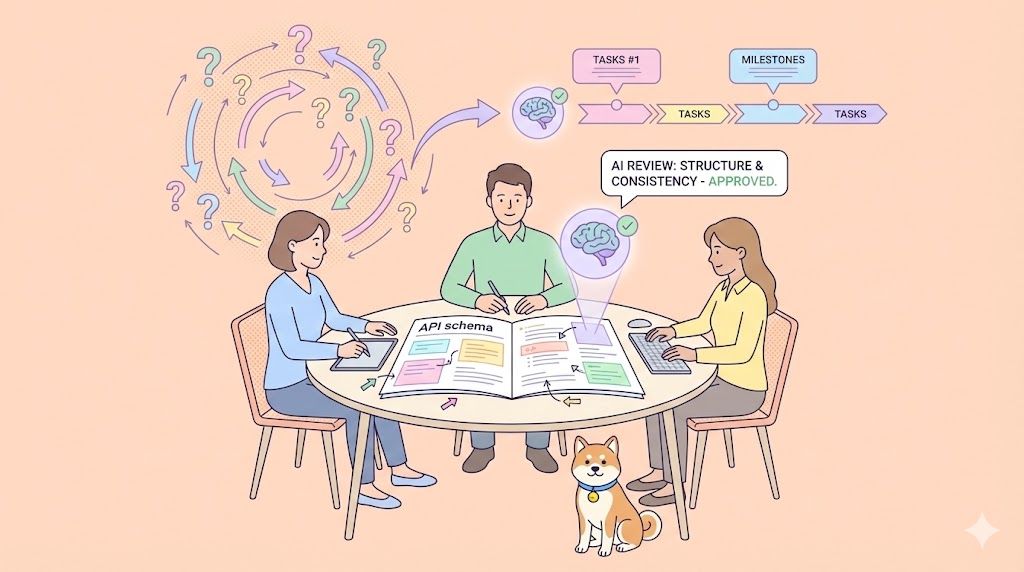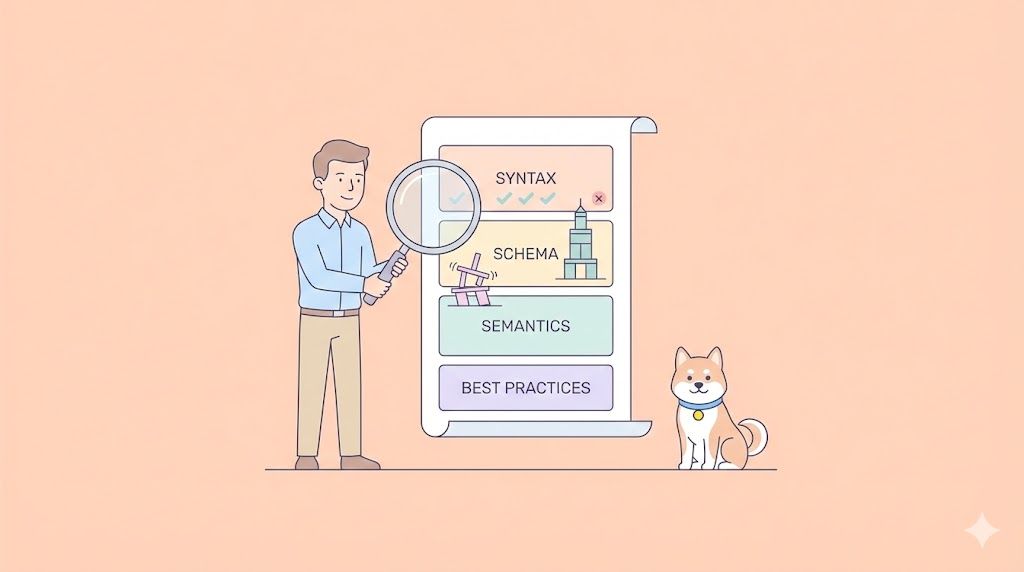Lovable has emerged as a game-changer in AI-powered software development, enabling developers to build production-ready apps and websites through a chat interface. With the release of Lovable 2.0, the platform now offers enhanced features like multiplayer collaboration, smarter chat mode agents, and security scanning, making it a powerful tool for both beginners and seasoned developers. However, as with many AI-driven platforms, Lovable imposes certain usage limits, especially on its free tier, due to the high computational costs of large language models (LLMs). This article dives deep into Lovable’s free limits, explains how to maximize its free tier, and explores open-source alternatives for developers looking to extend their workflows without breaking the bank.
What Are Lovable’s Free Limits?
Lovable operates on a credit-based system for its AI-powered actions, such as generating code or making edits. Each message sent to the AI consumes one credit, regardless of the message length. For free-tier users, Lovable imposes a strict limit on the number of messages you can send daily. According to the official documentation, these limits are designed to give users a chance to explore and experience Lovable’s features at no cost. However, there are key restrictions to keep in mind:

- Daily Message Cap: Free-tier users are restricted to a set number of messages per day. Unused messages do not roll over to the next day, meaning you lose any remaining credits at the end of the day.
- Chat Mode vs. Edit Mode: In Lovable 2.0, messages sent in both Chat Mode and Edit Mode count toward your daily limit. Specifically, 1 Chat Mode message equals 1 Edit Mode message, which equals 1 credit. However, if you use Edit Mode without asking the AI to write code, it won’t count toward your limit—a useful workaround for free users.
- Error Fixes: If you use the “Ask the AI to fix” button to resolve errors, these messages do not count toward your limit. However, if you manually prompt the AI to fix errors, that counts as a credit.
- No Accumulation: Unlike paid plans, where unused messages don’t roll over month to month, the free tier operates on a daily reset with no accumulation of unused credits.
Understanding these limits is crucial for effectively using Lovable without hitting a paywall. Next, let’s explore how to make the most of the free tier while staying within these boundaries.

How to Use Lovable for Free: Tips and Tricks
Maximizing Lovable’s free tier requires strategic planning to ensure you don’t exhaust your daily message credits prematurely. Here are actionable tips to help you use Lovable effectively without upgrading to a paid plan:

1. Prioritize Edit Mode for Non-AI Tasks
Lovable allows you to use Edit Mode without involving the AI for certain tasks, such as manually tweaking styles or layouts. Since these actions don’t consume credits, focus on using Edit Mode for small adjustments. For example, if you’re refining a UI element, manually adjust the padding or alignment instead of asking the AI to do it for you. This preserves your credits for more complex tasks like code generation or debugging.
2. Use the “Ask the AI to Fix” Feature
When you encounter errors in your project, always use the dedicated “Ask the AI to fix” button instead of writing a custom prompt. This feature is exempt from the message limit, allowing you to resolve bugs without burning through your daily credits. For instance, if your app throws a JavaScript error, let the AI fix it directly rather than prompting, “Can you fix this error for me?”
3. Plan Your Prompts Carefully
Since each message counts as a credit, combine multiple requests into a single prompt to save credits. Instead of sending separate messages like “Add a button” and “Style the button with a blue background,” combine them into one: “Add a button and style it with a blue background.” This approach minimizes the number of messages you send while achieving the same result.
4. Leverage GitHub Synchronization
Lovable supports seamless GitHub synchronization, which is a lifesaver for free-tier users. Sync your codebase to GitHub regularly to avoid losing progress if you hit your daily limit. Once synced, you can edit your code in any external editor without relying on Lovable’s AI, effectively extending your workflow beyond the platform’s limits.
5. Focus on Prototyping and Validation
Lovable excels at rapid prototyping and MVP validation. Use the free tier to quickly build a functional prototype of your app or website, then export the code to GitHub for further development. This approach ensures you use Lovable’s AI for high-impact tasks like generating initial codebases while handling detailed edits outside the platform.
By following these strategies, you can stretch Lovable’s free tier to its fullest potential. However, if you find the message limits too restrictive, open-source alternatives offer a way to continue your development journey without additional costs. Let’s explore these options next.
Open-Source Alternatives to Lovable: GPT Engineer
While Lovable’s free tier is a great starting point, its message limits can hinder larger projects. Fortunately, the developer community offers several open-source alternatives that provide similar functionality without usage restrictions such as GPT Engineer.
GPT Engineer: The Foundation of Lovable
Lovable builds upon the open-source project GPT Engineer, which allows users to create software by describing their requirements in plain English. Unlike Lovable, GPT Engineer is completely free and self-hosted, meaning you can run it on your own machine without message limits. However, it lacks Lovable’s polished UI, multiplayer features (introduced in Lovable 2.0), and security scanning capabilities. To use GPT Engineer, you’ll need to set up a local environment with Python and install the necessary dependencies, which requires more technical expertise than Lovable’s chat-based interface.

This open-source alternative provide flexibility and cost savings, but they often lack the polished experience and advanced features of Lovable 2.0, such as security scanning and visual editing. Therefore, a hybrid approach—using Lovable for prototyping and open-source tools for detailed development—might be the best strategy for budget-conscious developers.
Comparing Lovable with Apidog: A Complementary Workflow
While Lovable focuses on AI-driven app development, Apidog specializes in API design and debugging, making it a complementary tool rather than a direct competitor. Apidog offers a powerful visual editor to describe and debug APIs with JSON Schema support, which is ideal for developers building backend integrations for Lovable apps. Unlike Lovable, Apidog is freemium, with a free tier that includes robust API testing features but no message limits like Lovable’s.

To create a seamless workflow, use Lovable to generate your app’s frontend and backend logic, then use Apidog to design and test the APIs that connect your app to external services. For example, if your Lovable app integrates with a Supabase backend, Apidog can help you debug API calls to ensure they work as expected. This combination allows you to leverage Lovable’s free tier for app creation while using Apidog’s free features for API management, creating a cost-effective development pipeline.
Best Practices for Managing Lovable’s Free Limits
To wrap up, let’s summarize some best practices for managing Lovable’s free limits and integrating open-source tools into your workflow:
- Monitor Your Usage: Check your remaining credits in the Account Settings > Plans & Billing section to avoid running out of messages unexpectedly.
- Optimize Prompts: Combine multiple requests into a single message to conserve credits.
- Use Free Features Wisely: Take advantage of features like “Ask the AI to fix” and manual Edit Mode to avoid consuming credits.
- Integrate with Open-Source Tools: Sync your Lovable projects to GitHub and use tools like GPT Engineer for tasks that exceed Lovable’s free limits.
- Complement with Apidog: Use Apidog’s free tier to handle API design and debugging, freeing up Lovable credits for code generation and UI design.
By following these practices, you can make the most of Lovable’s free tier while extending your capabilities with open-source alternatives. Whether you’re prototyping a startup idea or building an internal tool, Lovable’s free tier—combined with the right tools—offers a powerful starting point for developers on a budget.
Conclusion: Balancing Lovable’s Free Tier with Open-Source Solutions
Lovable’s free tier provides an accessible entry point for AI-driven development, but its message limits require careful management. With the release of Lovable 2.0, the platform has introduced exciting features like multiplayer collaboration and security scanning, making it a compelling choice for developers. However, by combining Lovable with open-source tools like GPT Engineer, Meetily, and OpenStone, you can overcome these limits and build robust applications without additional costs. Additionally, integrating tools like Apidog for API management can further enhance your workflow, ensuring you have all the tools you need to succeed.



